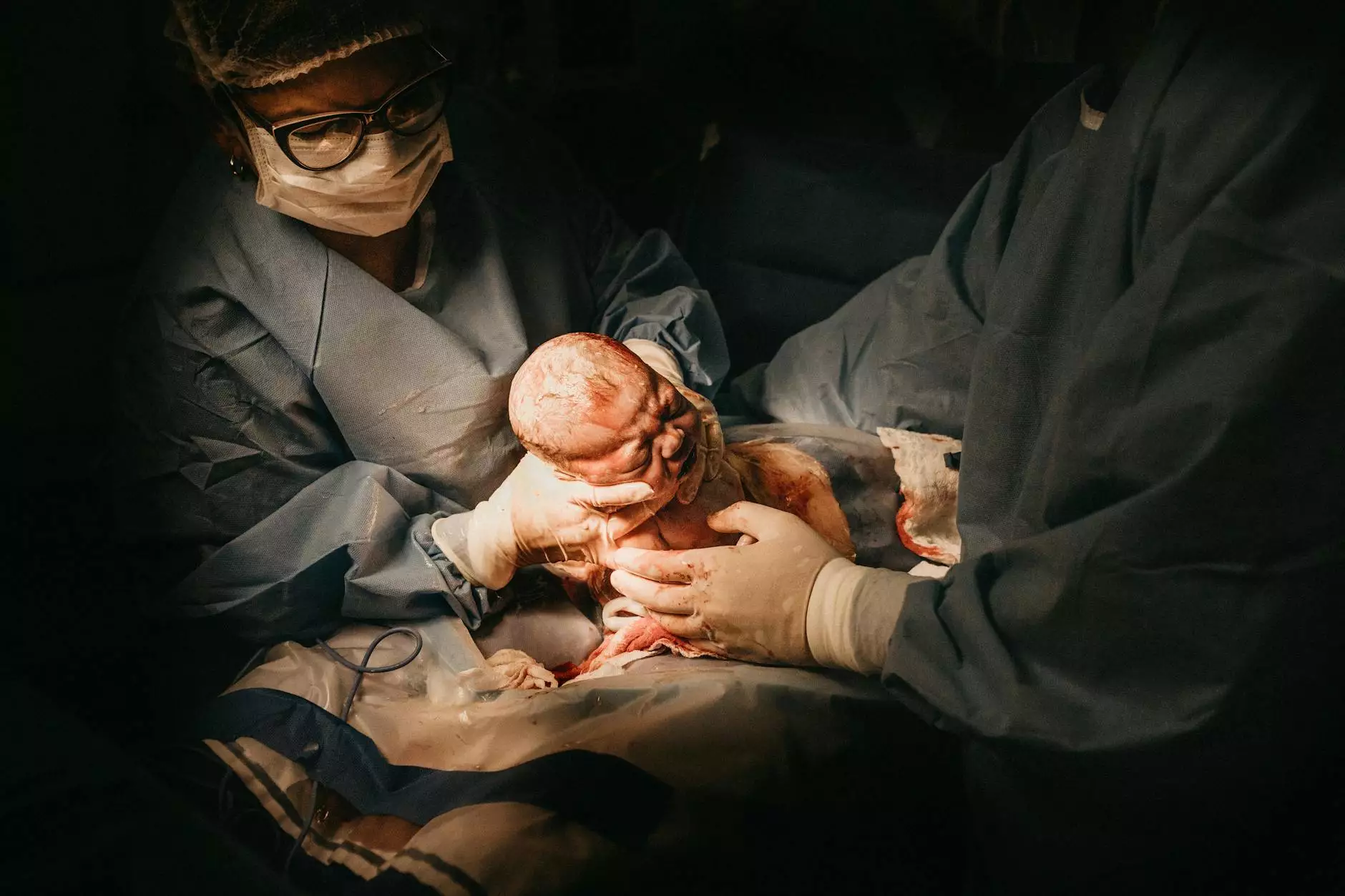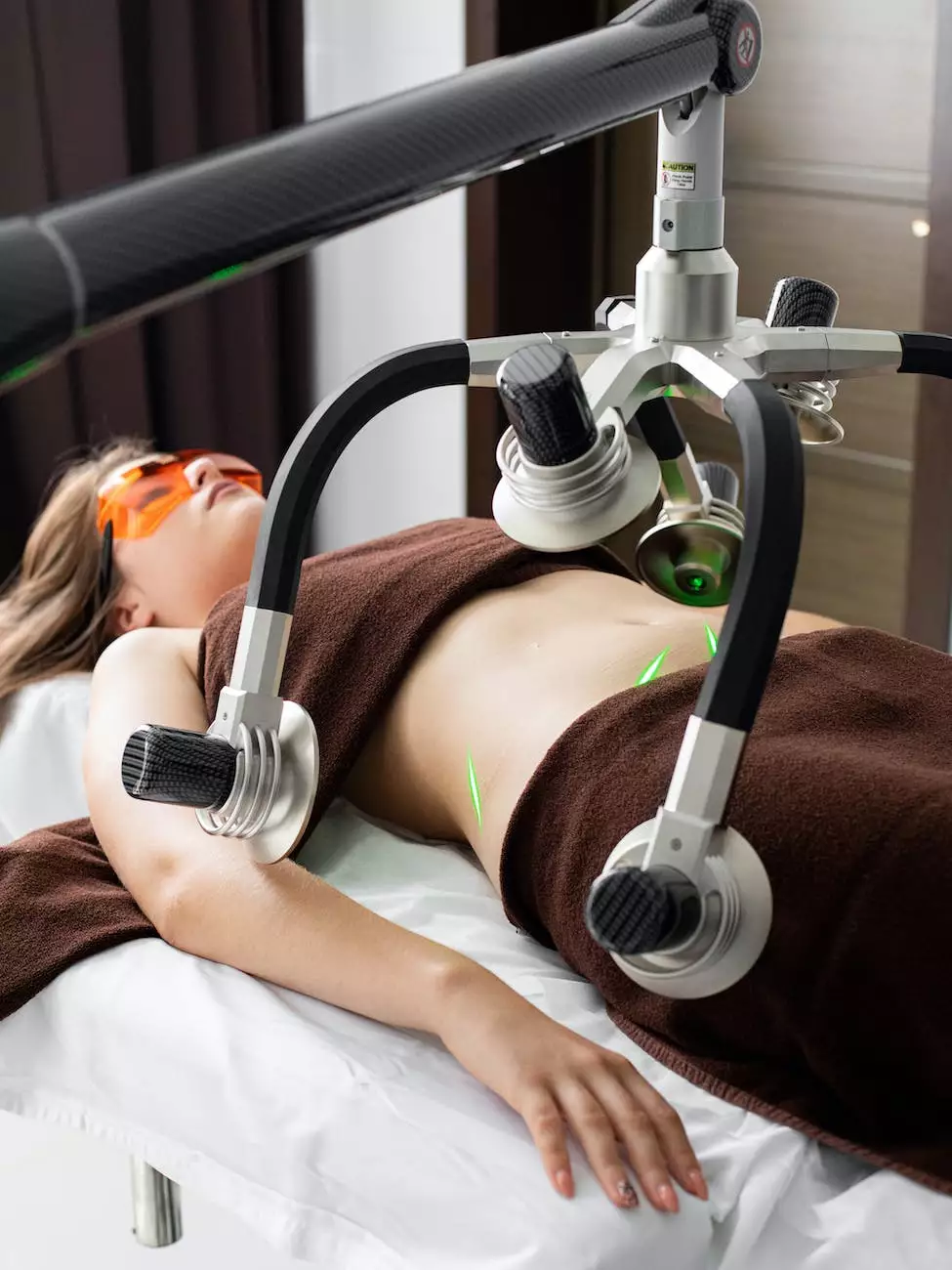Fight Testicular Cancer with Self-Exams - Care Oncology | Muir Diablo Occupational Medicine
Health
Introduction
Welcome to Muir Diablo Occupational Medicine, your trusted source for valuable information on testicular cancer prevention. In this comprehensive guide, we will provide detailed insights into the importance of self-exams and how they can help you detect testicular cancer at its early stages.
Understanding Testicular Cancer
Testicular cancer is a relatively rare but highly treatable form of cancer that primarily affects males. It occurs when abnormal cells divide and grow uncontrollably in one or both testicles. Recognizing the signs and symptoms of testicular cancer is crucial for early diagnosis and successful treatment.
The Importance of Self-Exams
Performing regular self-exams is one of the most effective ways to detect testicular cancer early on. By familiarizing yourself with the normal size, shape, and texture of your testicles, you can quickly identify any changes or abnormalities. Early detection significantly increases the chances of successful treatment and survival.
How to Perform a Testicular Self-Exam
Follow these steps to perform a thorough self-exam:
- Stand in front of a mirror and visually inspect your scrotum for any swelling or abnormalities.
- Gently roll each testicle between your thumb and fingers to check for any lumps, bumps, or changes in size.
- Pay attention to any pain or discomfort experienced during the exam.
When to Perform Self-Exams
Self-exams should be performed on a regular basis to ensure early detection. Here are some guidelines to help you establish a routine:
- Start performing self-exams during adolescence and continue throughout adulthood.
- Set a specific day of the month to conduct self-exams, such as the first day of every month.
- Perform the exam after a warm shower or bath as the scrotum is more relaxed, making it easier to feel any abnormalities.
What to Look for During Self-Exams
While performing self-exams, be on the lookout for the following signs and symptoms:
- A lump or swelling in either testicle.
- A hard, pea-sized or larger mass within the testicle.
- Pain or discomfort in the testicle or scrotum.
- A dull ache or sense of heaviness in the lower abdomen or groin.
- Fluid accumulation within the scrotum.
What to Do If You Detect Something Abnormal
If you notice any changes during your self-exams, it's important not to panic but also not to ignore the symptoms. Schedule an appointment with your healthcare provider or a urologist who specializes in male reproductive health. They will perform a thorough examination, potentially order additional tests such as ultrasound or blood tests, and provide an accurate diagnosis.
Conclusion
Early detection is key in the fight against testicular cancer. By performing regular self-exams and being aware of any changes in your testicles, you can significantly improve your chances of successful treatment and recovery. Remember to consult a healthcare professional if you notice anything unusual during your self-exams. Together, we can fight testicular cancer and promote a healthier future.




